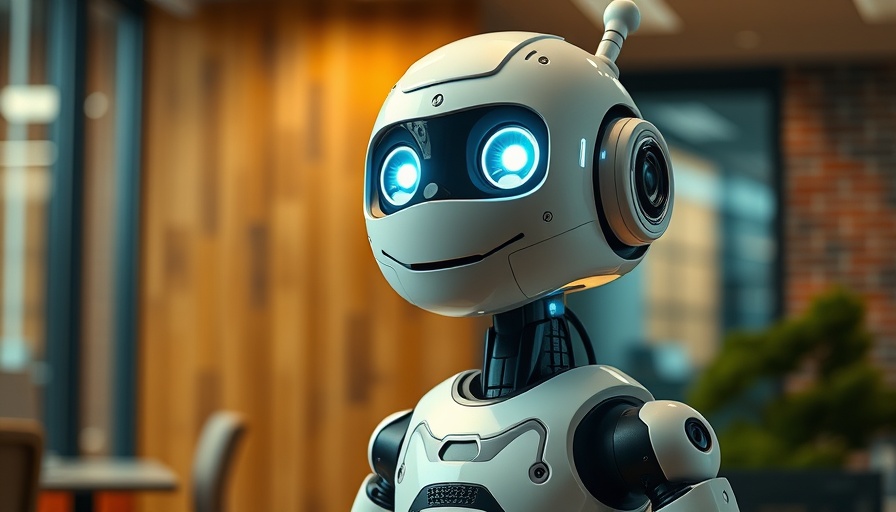
Understanding the Rise of AI-Generated Content
As artificial intelligence technology advances, AI writing is becoming increasingly prevalent in our everyday lives. From social media posts to emails, much of the content we encounter could be generated by algorithms like ChatGPT or Claude. Recognizing this evolving landscape is crucial for both creators and consumers of content. The potential implications of AI writing stretch beyond just grammar and style; they touch on authenticity, creativity, and our capacity for meaningful engagement with written material.
Why Spotting AI Writing Matters
Determining whether a piece of writing is AI-generated has significant implications for how we consume information. AI writing often lacks personal experience, specific detail, and emotional depth, which can lead to a disconnect with the audience. As readers become more accustomed to evaluating content, the ability to discern between human-generated and AI-generated content can foster a deeper understanding of what authenticity and quality writing truly entail.
Five Telltale Signs of AI Writing
Here are some key indicators to help you identify AI-generated writing:
1. Unnatural Openings
AI-generated content often begins with common phrases like "Have you ever wondered..." or "Are you struggling with...?" These formulaic openings stand out as they frequently lead to generic content that lacks engagement. In contrast, human writers often introduce topics with unique anecdotes or interesting facts that draw the reader in.
2. Generic Language
Phrases like "many experts agree" or "recent studies suggest" without any specific citation are red flags. AI writing tends to rely on vague expressions instead of fleshing out narratives with concrete examples, names, and statistics that speak to the human experience.
3. Press Release Tone
If the writing resembles a press release, with excessive jargon and buzzwords, it’s likely AI-generated. True human authors provide clarity and depth, explaining concepts rather than simply using elaborate terms without real substance.
4. Overly Polished Yet Impersonal
AI writing often achieves grammatical correctness and polish, but it can sound cold or disconnected. While it appears flawless, it may lack personality or the writer's unique voice, which readers often appreciate in authentic content.
5. Format Similarities
AI often produces content that fits a set structure; for instance, listing items or exploring topics in a predictable manner. Human writing tends to weave narratives with varied structures and flows, making each piece feel distinct.
Enhancing Your Writing with AI: A Balanced Approach
While AI tools can serve as valuable writing assistants—providing grammar checks and suggesting edits—they should not define your voice or creativity. Integrating AI into your writing process can enhance clarity and help overcome blocks, but it is essential to maintain the personal touch that characterizes human expression.
What’s Next in the AI Content Debate?
The future of AI writing raises questions about creativity and the meaning of authorship. As our interactions with AI-generated content increase, we must remain vigilant and aware of its limitations. Combining human emotion and experience with AI technology can lead to innovative writing without losing touch with authenticity.
To further explore this topic and bypass AI detectors seamlessly, check out this tool that enhances your writing legitimacy.
 Add Row
Add Row  Add
Add 




Write A Comment